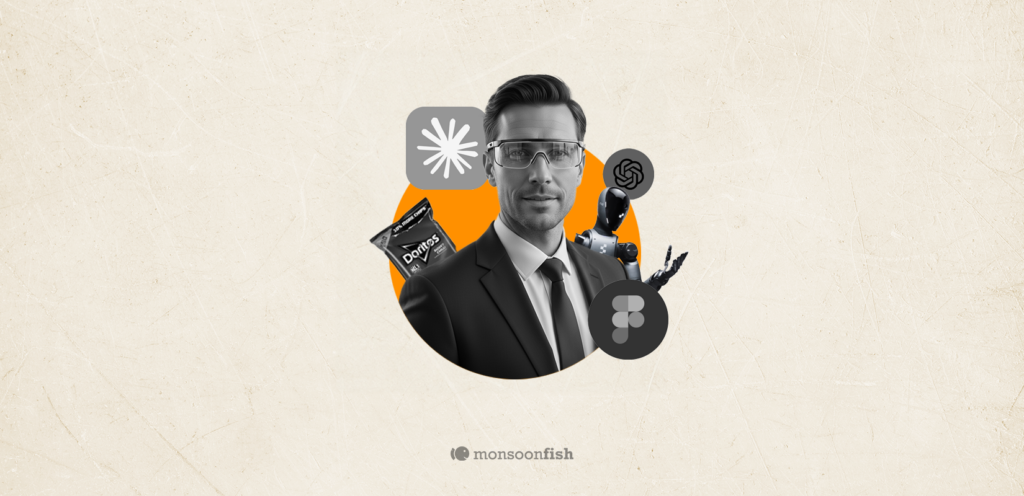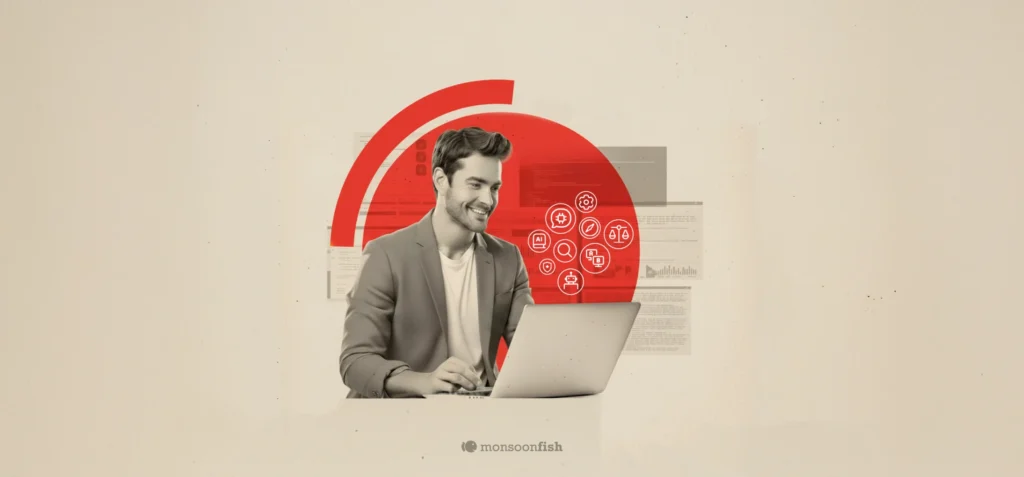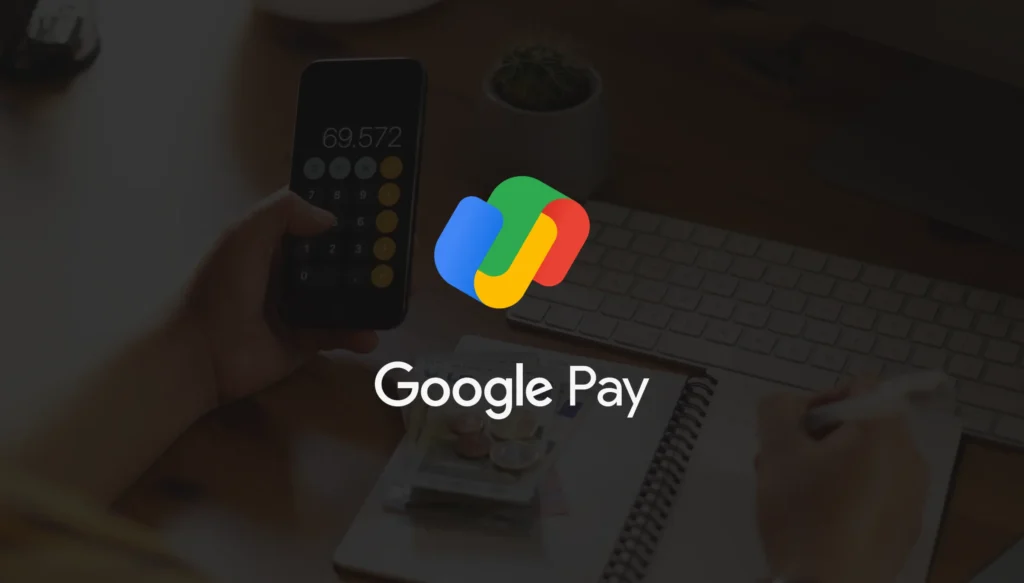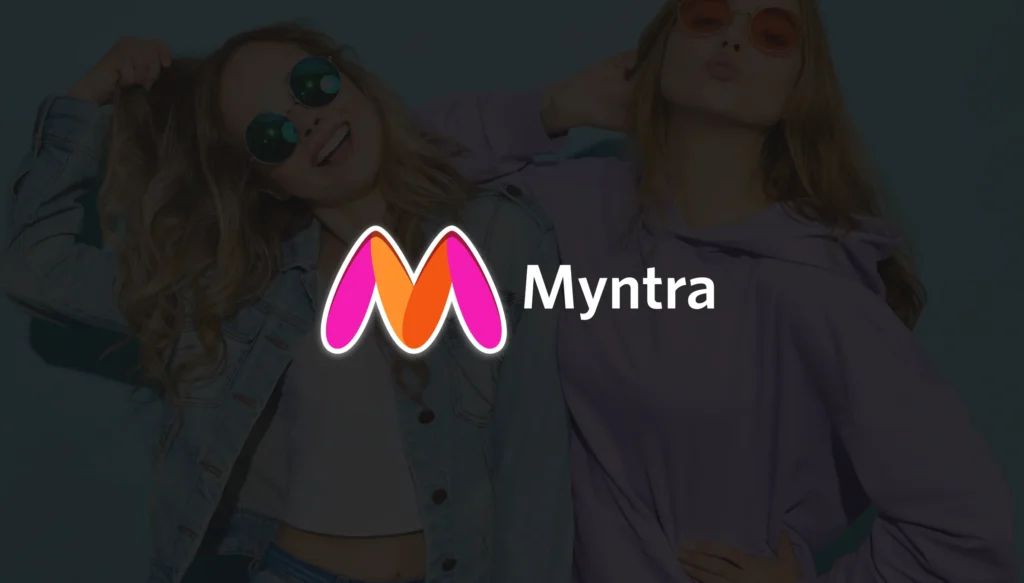Millennials won’t Use Your Software Product if You don't Have a Kick-ass UI
When you develop a UX design for the millennial user, certain criteria ought to be kept in mind. Read on to know the characteristics of a millennial UI.
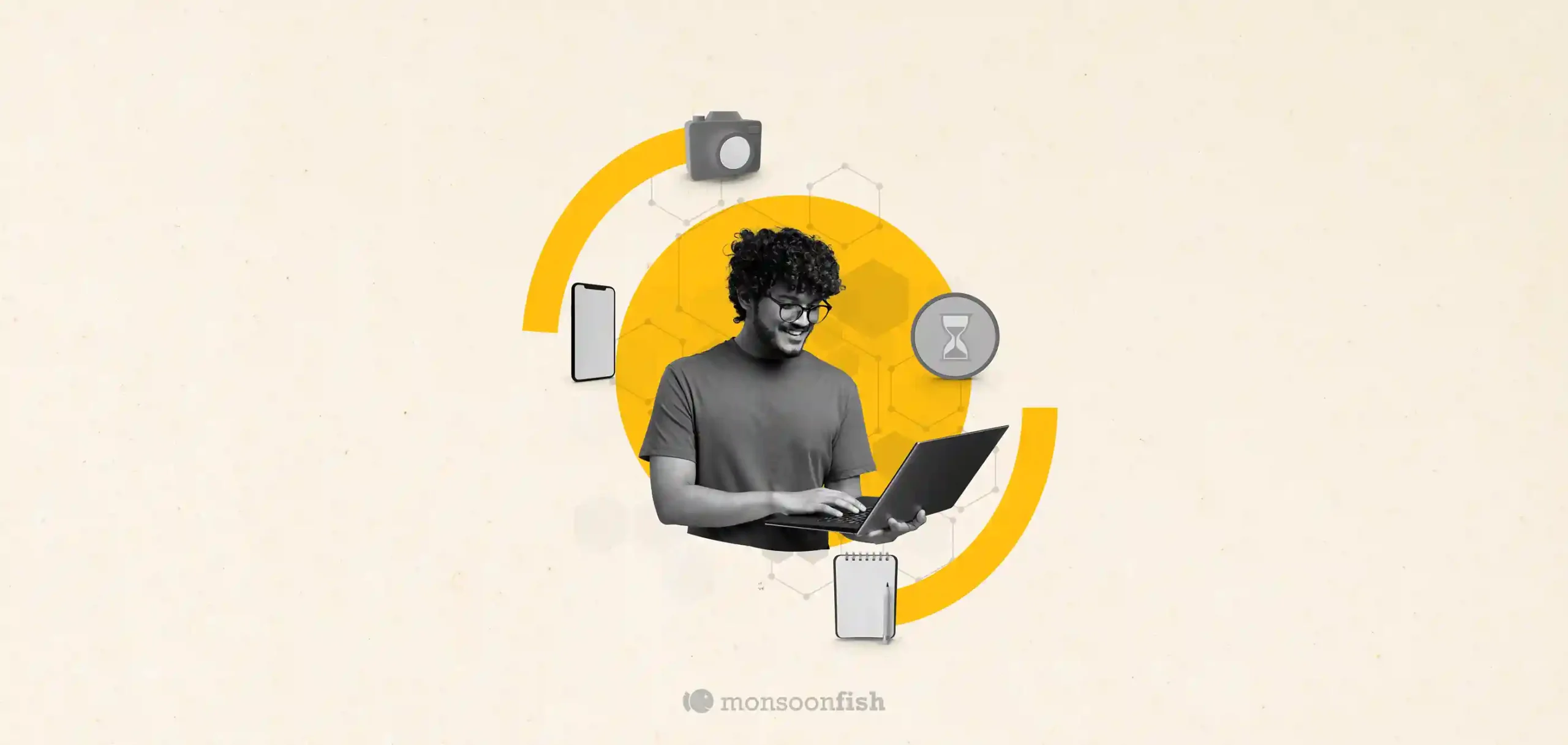
If you tend to have a conservative tendency towards style, you have to shake it up more than a bit while designing for this group! Because of their decision-making and purchasing power, there are brands which are creating a site or points of interaction purely aimed at them. So the tone and manner in these channels can be distinctly younger than that of the parent brand. Typical characteristics of a millennial UI :
a) A close description of the psychographics ( attitude, preference, color, and culture code) of the target group
b) A proposition aimed especially at the group
c) Strong use of short videos
d) Minimal text in the beginning, increasing as the visitor/user moves towards a sign-up; use of simple sub-heads to render navigation very, very easy
e) Utilize the features of the smartphone for interaction – sensors, camera
f) Brisk, action-oriented language that uses teenspeak
g) Bold colors and chunky or chic icons; emojis, GIFs are all par for the course!
If a brand is indeed acknowledging the power and importance of the millennial customers, it’s because of their influence as consumers.
Over 80% of them in the 18-34 age band use a smartphone, whereas about two in three of those between 35 and 54 have a smartphone. This is also why it’s critical to take a mobile-first approach to design because your sites have to look good on a variety of mobile devices.
Now, this is a generation in a tearing hurry! Prioritize speed – offering a video? Put it up on Youtube, or on Vimeo. Every experience has to be optimized towards happening at top speed.
Like we said in the beginning, prepare to let your hair down and do things that are done just for excitement! It helps to have some design elements that can be easily changed often. Small things, like the button shape, or a variation in the animation, or an additional color. Teeny-weeny things that keep the look fresh.
The advantages of a mobile-first approach are not hard to see:
- You use a grid that is suited to mobile
- Simplify the navigation with fewer layers, a desktop design has to be stripped down for a mobile version
- When the UX is optimized for mobile, it is helpful when the user is swiping or tapping to navigate the content
- Loading time is kept to the barest minimum
The millennials are always on look for something and doing it in a quite distracted and inattentive way! Your answer – simplify the site navigation and simplify again. Use a hamburger menu. Expect that such a user will be interrupted ( they could take a couple of minutes off to book a cab, for instance) and keep it easy for her to return and resume what they were doing.
The less the clutter ( some people call this minimalism) on the screen, it calls for little effort to get back and be able to retrieve the thread of where they were.
What this generation just loves is certain kinds of visual stimulation. Give them lightweight and brief video clips to share with their set, and they get sold on your site. Accommodate some customization like adding captions and you are doing even better. Millennials enjoy all the fooling around with overlays such as stickers and facemasks, so just humor them! Part of a UX designer’s prowess is the ability to apply emotion, empathy and aesthetics to deliver an experience that delights the targeted users. When the target is the millennial user, there are some criteria to bear uppermost in mind.
If you tend to have a conservative tendency towards style, you have to shake it up more than a bit while designing for this group! Because of their decision-making and purchasing power, there are brands which are creating a site or points of interaction purely aimed at them. So the tone and manner in these channels can be distinctly younger than that of the parent brand. Typical characteristics of a millennial UI :
a) A close description of the psychographics ( attitude, preference, color, and culture code) of the target group
b) A proposition aimed especially at the group
c) Strong use of short videos
d) Minimal text in the beginning, increasing as the visitor/user moves towards a sign-up; use of simple sub-heads to render navigation very, very easy
e) Utilize the features of the smartphone for interaction – sensors, camera
f) Brisk, action-oriented language that uses teenspeak
g) Bold colors and chunky or chic icons; emojis, GIFs are all par for the course!
If a brand is indeed acknowledging the power and importance of the millennial customers, it’s because of their influence as consumers.
Over 80% of them in the 18-34 age band use a smartphone, whereas about two in three of those between 35 and 54 have a smartphone. This is also why it’s critical to take a mobile-first approach to design because your sites have to look good on a variety of mobile devices.
Now, this is a generation in a tearing hurry! Prioritize speed – offering a video? Put it up on Youtube, or on Vimeo. Every experience has to be optimized towards happening at top speed.
Like we said in the beginning, prepare to let your hair down and do things that are done just for excitement! It helps to have some design elements that can be easily changed often. Small things, like the button shape, or a variation in the animation, or an additional color. Teeny-weeny things that keep the look fresh.
The advantages of a mobile-first approach are not hard to see:
- You use a grid that is suited to mobile
- Simplify the navigation with fewer layers, a desktop design has to be stripped down for a mobile version
- When the UX is optimized for mobile, it is helpful when the user is swiping or tapping to navigate the content
- Loading time is kept to the barest minimum
The millennials are always on look for something and doing it in a quite distracted and inattentive way! Your answer – simplify the site navigation and simplify again. Use a hamburger menu. Expect that such a user will be interrupted ( they could take a couple of minutes off to book a cab, for instance) and keep it easy for her to return and resume what they were doing.
The less the clutter ( some people call this minimalism) on the screen, it calls for little effort to get back and be able to retrieve the thread of where they were.
What this generation just loves is certain kinds of visual stimulation. Give them lightweight and brief video clips to share with their set, and they get sold on your site. Accommodate some customization like adding captions and you are doing even better. Millennials enjoy all the fooling around with overlays such as stickers and facemasks, so just humor them!
CATEGORIES
